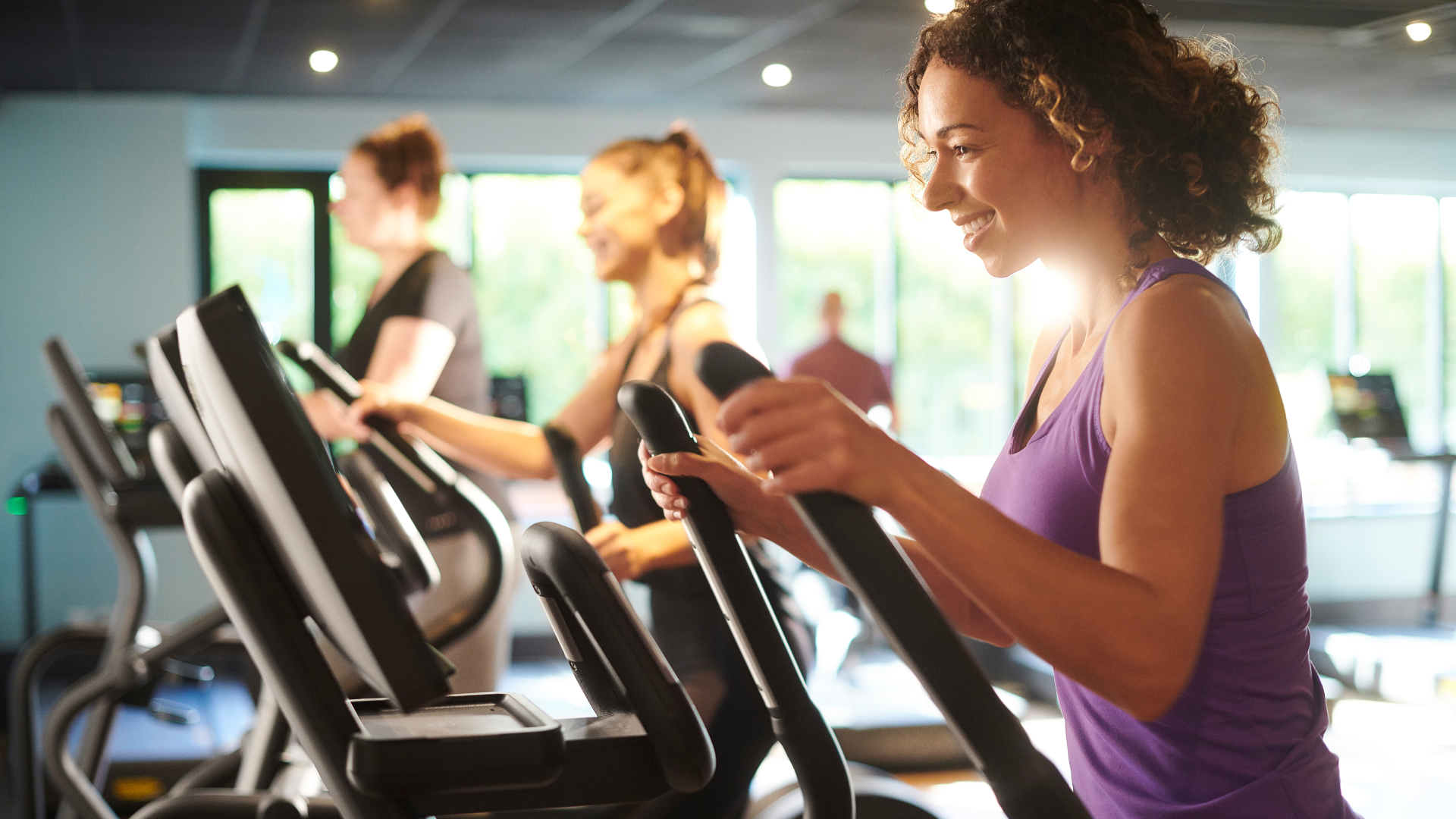Getting into running is a great way to improve your fitness, boost your mood, and enjoy the outdoors. Whether you're a complete beginner or returning to running after a break, here’s a step-by-step guide to help you start:
-
Set Realistic Goals
- Define Your Purpose: Determine why you want to start running. Is it to lose weight, improve cardiovascular fitness, prepare for a race, relieve stress, or just enjoy a new hobby?
- Start Small: Set achievable short-term goals, like running for 10-15 minutes without stopping or completing a 5K. These smaller milestones will keep you motivated and provide a sense of accomplishment.
-
Get the Right Gear
- Running Shoes: Invest in a good pair of running shoes. Visit a specialty running store for a gait analysis to find shoes that match your foot type and running style.
- Comfortable Clothing: Wear lightweight, moisture-wicking clothing designed for running. Look for technical fabrics that prevent chafing and keep you comfortable.
- Optional Gear: Consider getting a water bottle, a GPS watch or fitness tracker, and a phone holder for music or safety apps.
-
Start with a Walk/Run Program
- Warm-Up: Begin with a 5-10 minute brisk walk to warm up your muscles and prepare your body for running.
- Walk-Run Intervals: Start with a run-walk strategy to build endurance gradually. For example, alternate between 1-2 minutes of running and 1-2 minutes of walking for 20-30 minutes. Gradually increase the running intervals and reduce the walking intervals over several weeks.
- Consistency is Key: Aim for 3-4 running sessions per week. Consistent, moderate effort is more effective than infrequent, intense workouts.
-
Listen to Your Body
- Pace Yourself: Start slow and focus on building endurance, not speed. You should be able to hold a conversation while running (the "talk test").
- Pay Attention to Pain: Some discomfort is normal when starting a new exercise, but sharp pain, especially in your joints, could indicate an injury. Rest when necessary and consult a professional if the pain persists.
- Rest and Recover: Allow your body time to recover with adequate rest days. Recovery is crucial for preventing injuries and allowing your muscles to rebuild.
-
Incorporate Strength and Flexibility Training
- Strength Training: Include exercises that strengthen your core, glutes, and legs, such as squats, lunges, and planks. Stronger muscles support your joints and reduce the risk of injury.
- Stretching and Mobility: Stretch your calves, hamstrings, quads, and hip flexors after each run. Foam rolling and yoga can also help improve flexibility and prevent tightness.
-
Stay Motivated
- Find a Running Buddy: Running with a friend or joining a local running group can make the experience more enjoyable and keep you accountable.
- Set a Routine: Run at the same time and on the same days each week to establish a habit.
- Track Your Progress: Use a running app or journal to log your runs, track your distance, and celebrate milestones. Seeing your progress can be incredibly motivating.
-
Fuel and Hydrate Properly
- Pre-Run Snack: Eat a light snack 30-60 minutes before your run (like a banana or toast with peanut butter) for energy.
- Hydration: Drink water throughout the day and bring a water bottle for longer runs, especially in hot weather. Consider sports drinks with electrolytes for runs over an hour.
- Post-Run Recovery: Refuel within 30-60 minutes after your run with a combination of carbohydrates and protein to help with muscle recovery (e.g., a smoothie or a turkey sandwich).
-
Sign Up for a Race or Event
- Choose an Event: Registering for a local 5K or charity run can give you a concrete goal to work toward and make your training more purposeful.
- Enjoy the Community: Running events are a great way to experience the camaraderie of the running community and celebrate your progress.
-
Stay Safe
- Be Visible: Wear bright or reflective clothing, especially if running early in the morning or at night.
- Choose Safe Routes: Run in well-lit, safe areas, and consider carrying a phone or ID for emergencies.
- Listen to Your Body: Avoid overtraining and pay attention to signs of fatigue, dehydration, or injury.
-
Enjoy the Journey
- Running should be enjoyable! Celebrate small victories, appreciate the time outdoors, and don’t stress about pace or distance in the beginning. Focus on building a habit and finding joy in the process.








Leave a comment
All comments are moderated before being published.
This site is protected by hCaptcha and the hCaptcha Privacy Policy and Terms of Service apply.